London’s brutalist Hayward Gallery reopens with Andreas Gursky show

When an iconic building gets a major refresh, it is cause of celebration; and the Hayward Gallery's relaunch this month fits the bill perfectly. This world-class art gallery, part of London’s Southbank Centre complex by the Thames, is one of this country’s finest examples of brutalist architecture and has been a staple in the capital's cultural scene for five decades now. Yet years of use, wear and tear meant that signifcant restoration and modernisation was in order for the much-loved venue.
Half a century after the Hayward Gallery first opened, light is finally flooding in through its roof lights as intended. The 66 pyramids on top of the brutalist landmark were inspired by a concept by sculptor and gallery trustee Henry Moore, who wanted ‘God’s good daylight’ to pour into the space. Unfortunately, the designs proved too technically challenging in 1968 – too much heat was lost through the glass and the materials quickly degraded. The pyramids have since become a distinctive feature of the London skyline, but the gallery below has had to be artificially-lit.
Architecture firm Feilden Clegg Bradley has now completed a two-year refurbishment of the Hayward, with the central aim of making this feature functional. Layout-wise, the space is more or less the same as before, but ripping out the low false ceiling that was installed when the roof lights failed, has added a metre of vertical space to the upper galleries. What is different is the atmosphere: natural light now falls into the interior through 66 ceiling coffers, changing how the space looks and feels over the course of the day. Each coffer is double-glazed and has a retractable blind that can be controlled individually, giving curators precise control of the environment. ‘There is now huge scope for curatorial play,’ says project architect Richard Battye.
On top of these coffers sit the new pyramids – rebuilt to give a similar effect, except slightly higher than before so they ‘read a bit more strongly as pyramids from the street’, says Battye. And while they appear solid from a distance, each structure only has two sides – translucent glass on the southern faces provide shade from the sun, while the north-facing planes have been left open, giving visitors below a glimpse of the sky. This also means the roof is much lighter than it would have been if all four sides were glazed, allowing the curators to hang more and heavier artwork from the ceiling inside.
The Hayward relaunches today with a grand opening show on acclaimed German photographer Andreas Gursky. Running until 22 April, this is the artist’s first major retrospective in the UK, featuring some 60 pieces from Gursky’s archive. The pieces range from the early 1980s, through to recent work and include some of the world's most expensive photographs ever sold at auction such Rhein II (1999) and Paris, Montparnasse (1993). Shown under the gallery’s newly restored pyramidal roof lights, the photographer’s striking large-scale imagery will no doubt truly shine.
The show kicks off a year of celebrations for the gallery’s 50th anniversary.

Architects Feilden Clegg Bradley directed sensitive refurbishment.

The galleries in the much-loved brutalist building now benefit from lots of natural light.

A key element was the reopening of the pyramidal roof lights that have been closed off almost since the gallery’s original launch.
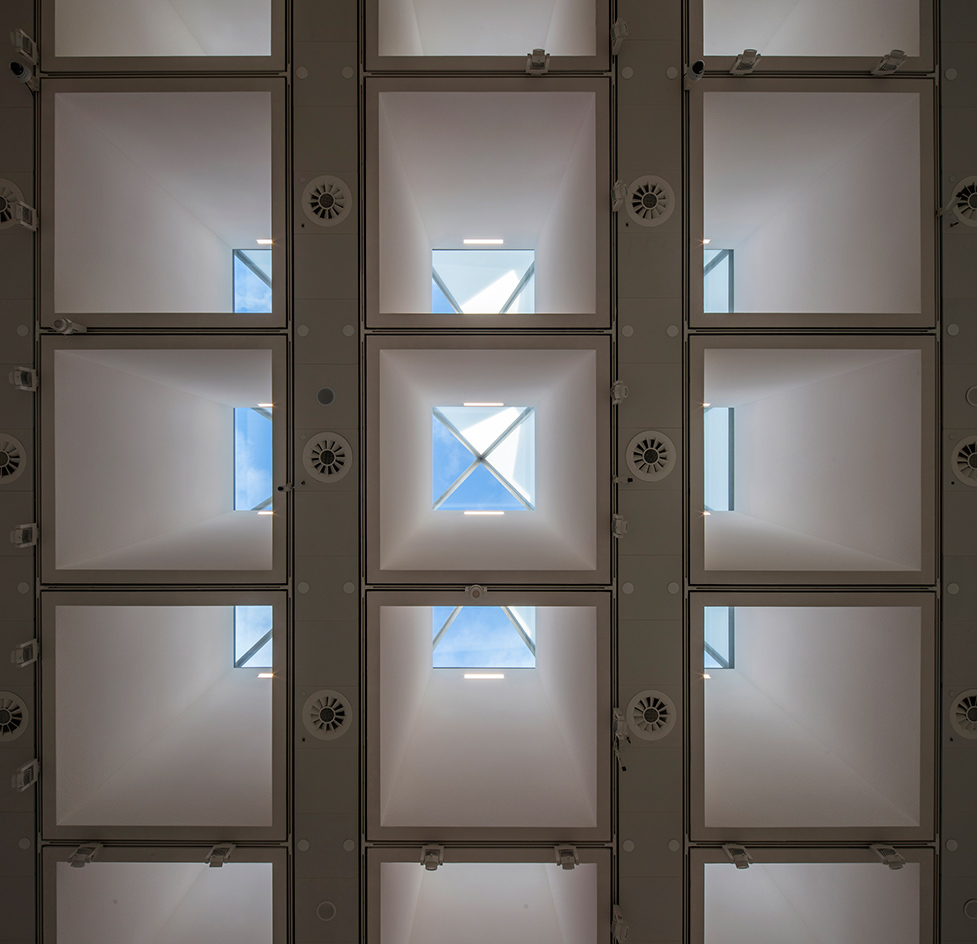
This move not only restores the original design but also bring natural light into the galleries.

It also means the roof is light and allows the curators to hang more and heavier artwork from the ceiling inside.
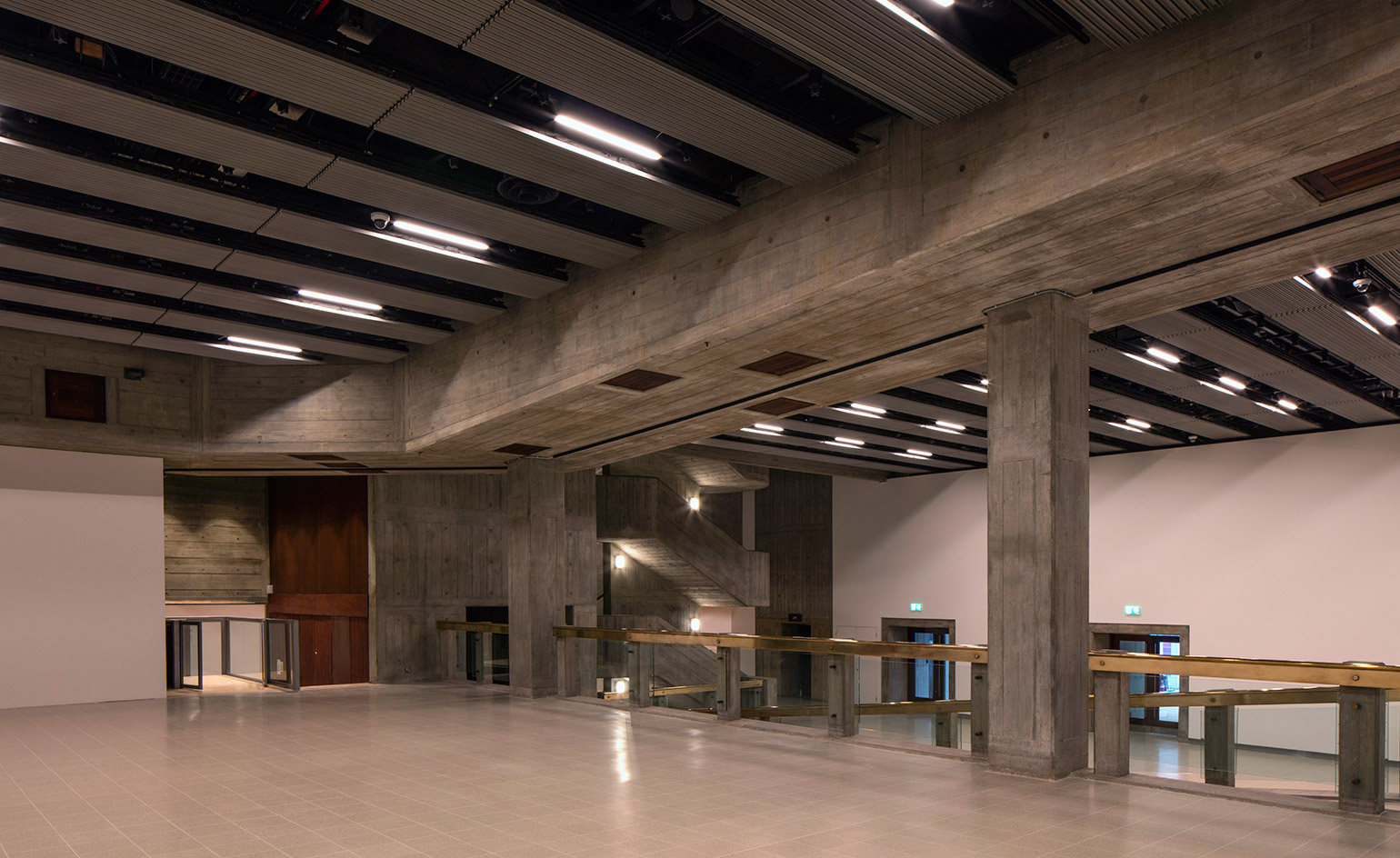
The gallery’s opening show is a retrospective of photographer Andreas Gursky.
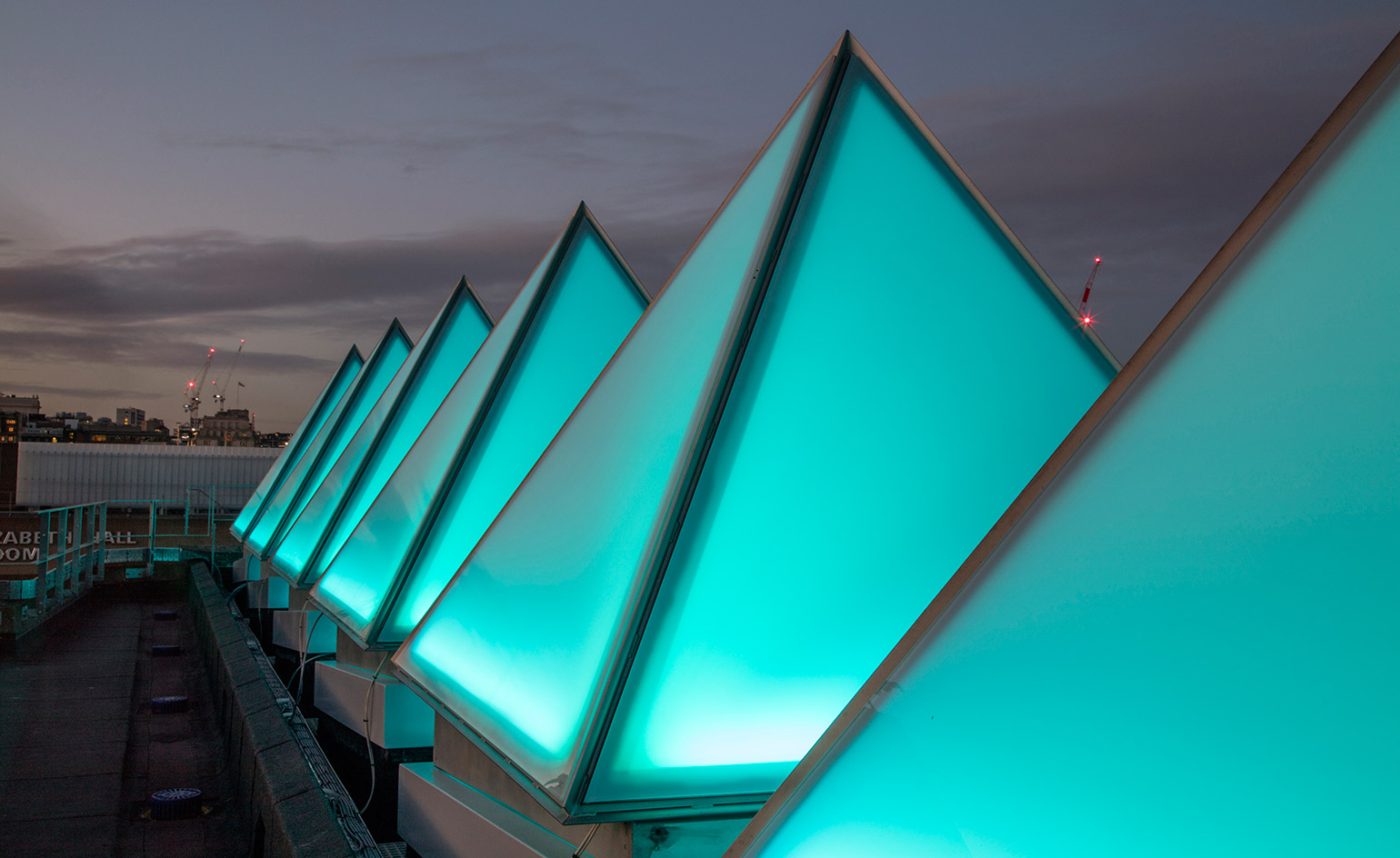
The Hayward Gallery welcomes visitors once again, following a two-year long stint of renovations.
INFORMATION
For more information, visit the Hayward Gallery website and Feilden Clegg Bradley Studios website
Receive our daily digest of inspiration, escapism and design stories from around the world direct to your inbox.
-
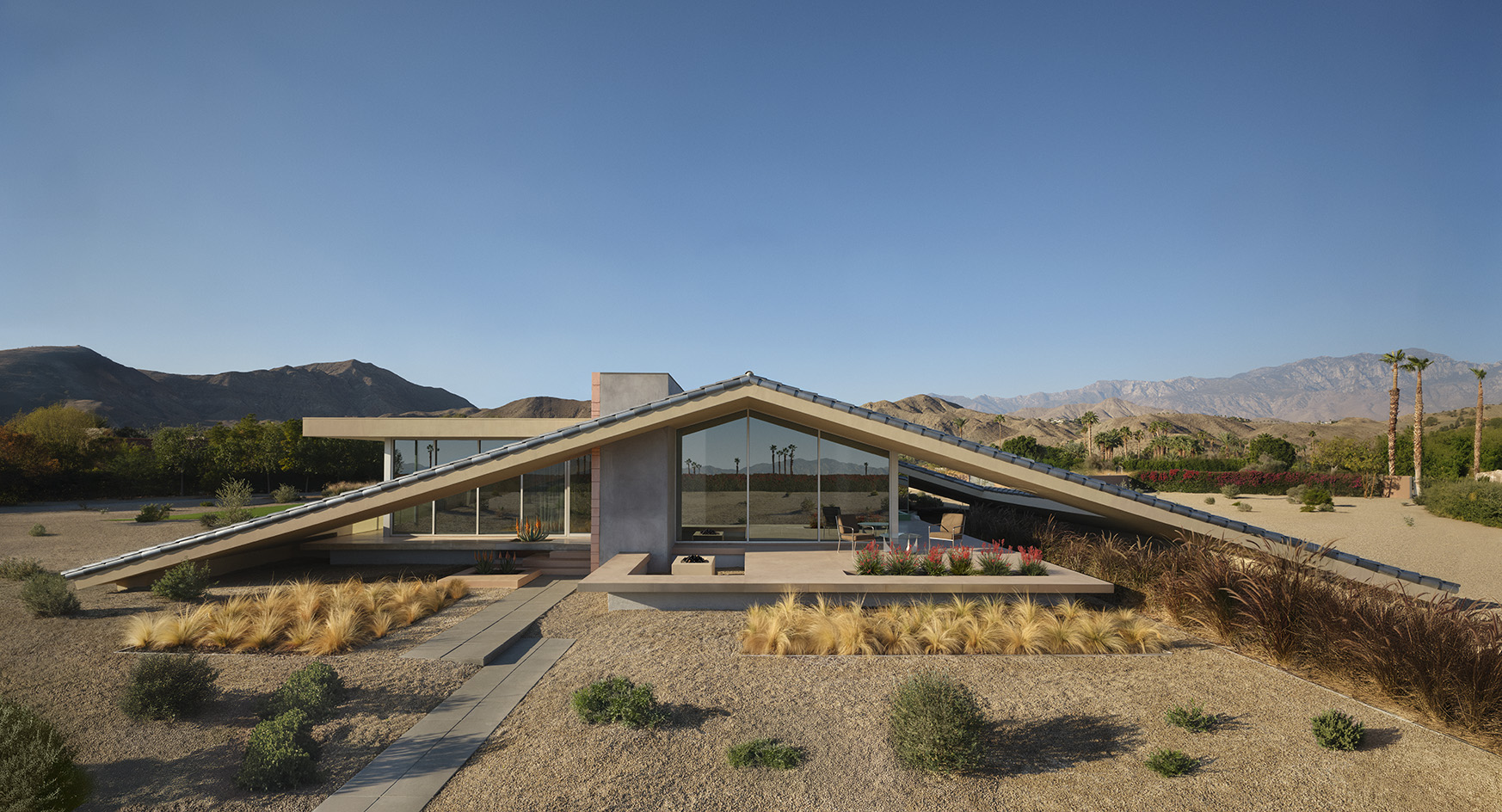 Robert Stone’s new desert house provokes with a radical take on site-specific architecture
Robert Stone’s new desert house provokes with a radical take on site-specific architectureA new desert house in Palm Springs, ‘Dreamer / Lil’ Dreamer’, perfectly exemplifies its architect’s sensibility and unconventional, conceptual approach
-
 Backstage at the Old Vic is all about light, theatre and sustainable action
Backstage at the Old Vic is all about light, theatre and sustainable actionThe theatre's new creative hub by Haworth Tompkins has completed, bringing a distinctly contemporary and colourful addition to the popular theatre space in South London
-
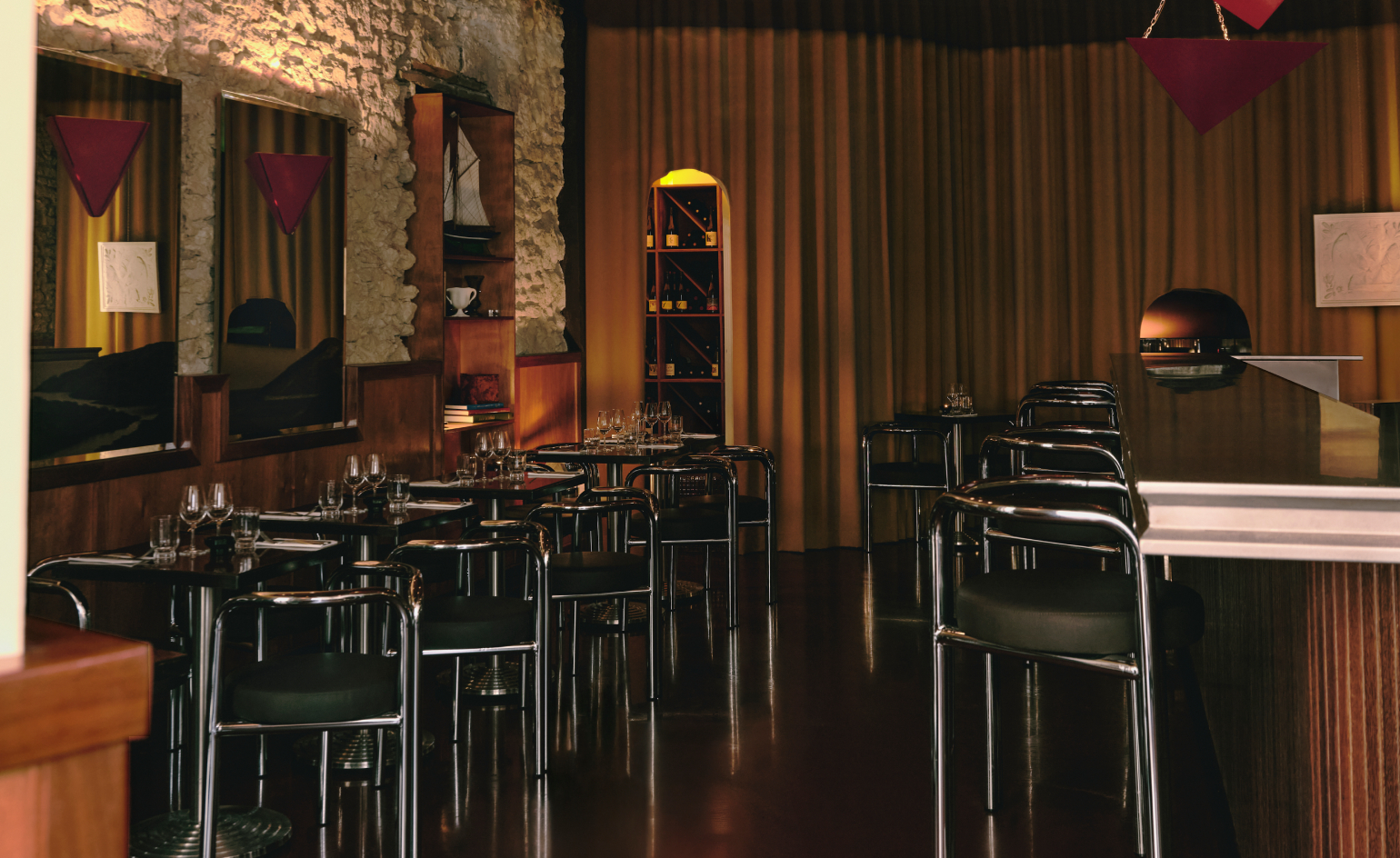 New Marseille restaurant Dévo dishes up a sultry 1970s mood
New Marseille restaurant Dévo dishes up a sultry 1970s moodMirrors, satin curtains, and tubular steel define the atmosphere of this theatrical hangout, as envisioned by a local team of creatives
-
 A former leprosarium with a traumatic past makes a haunting backdrop for Jaime Welsh's photographs
A former leprosarium with a traumatic past makes a haunting backdrop for Jaime Welsh's photographsIn 'Convalescent,' an exhibition at Ginny on Frederick in London, Jaime Welsh is drawn to the shores of Lake Geneva and the troubled history of Villa Karma
-
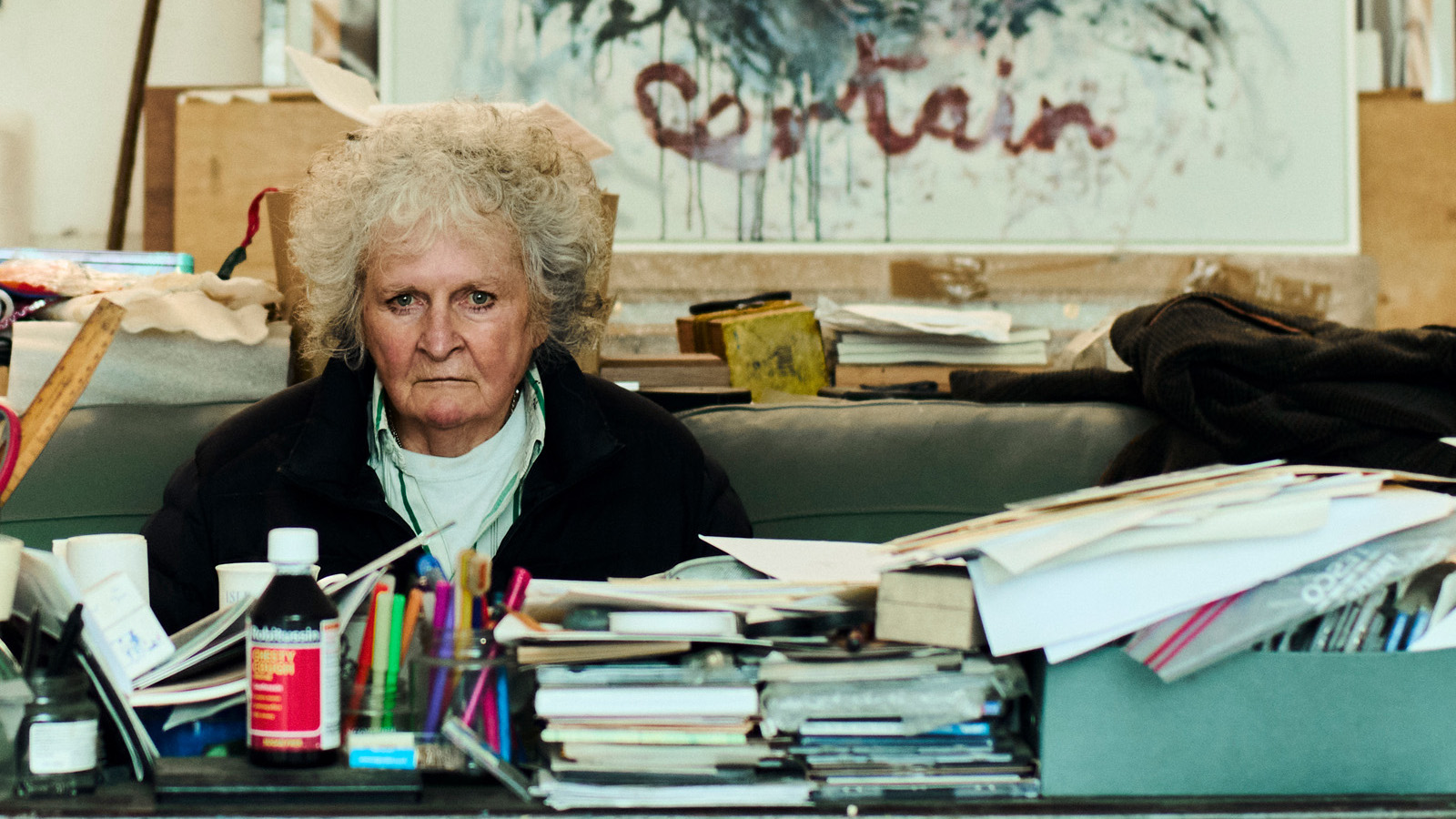 Maggi Hambling at 80: what next?
Maggi Hambling at 80: what next?To mark a significant year, artist Maggi Hambling is unveiling both a joint London exhibition with friend Sarah Lucas and a new Rizzoli monograph. We visit her in the studio
-
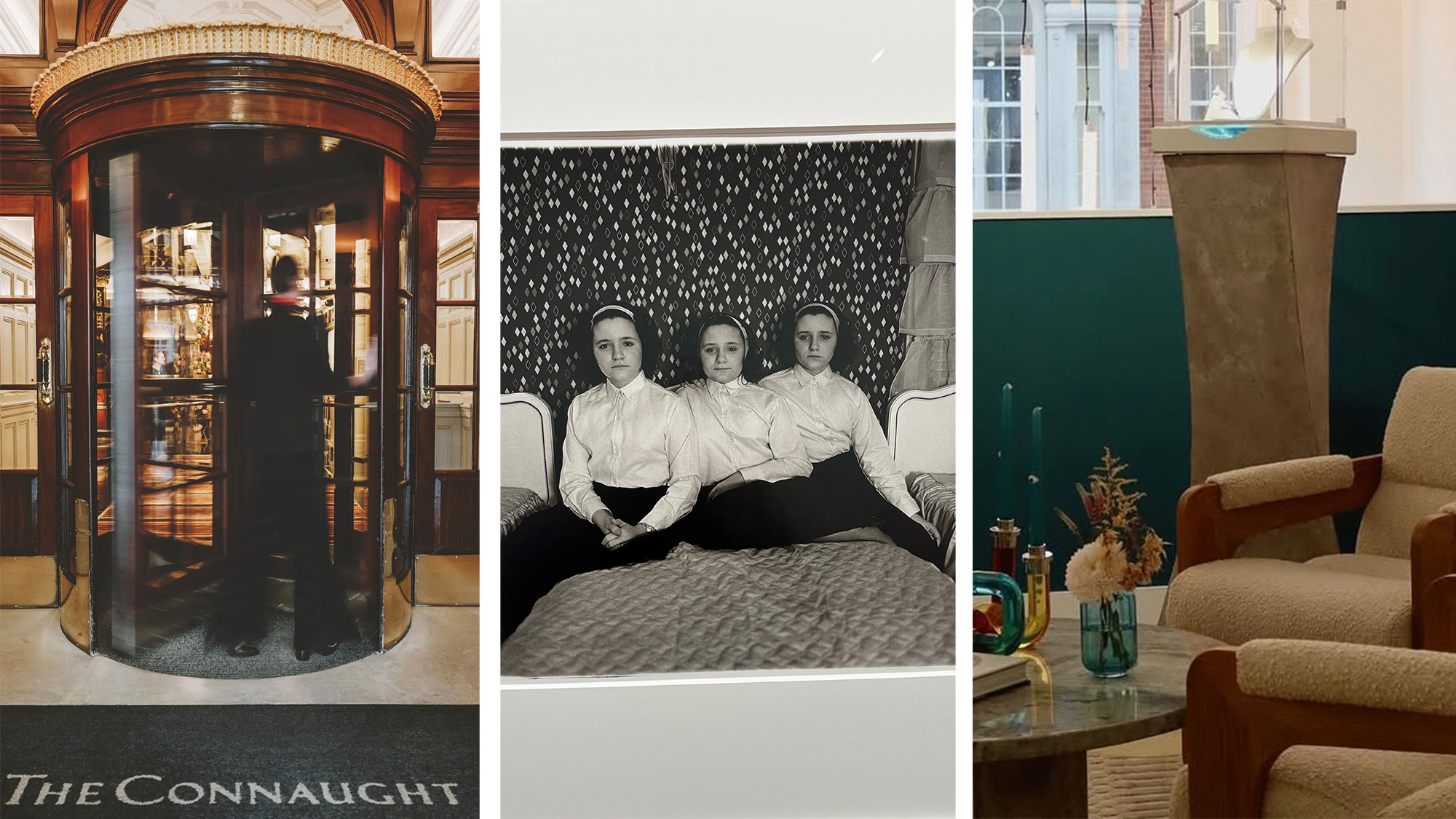 Out of office: The Wallpaper* editors’ picks of the week
Out of office: The Wallpaper* editors’ picks of the weekThis week, the Wallpaper* editors curated a diverse mix of experiences, from meeting diamond entrepreneurs and exploring perfume exhibitions to indulging in the the spectacle of a Middle Eastern Christmas
-
 Artist Shaqúelle Whyte is a master of storytelling at Pippy Houldsworth Gallery
Artist Shaqúelle Whyte is a master of storytelling at Pippy Houldsworth GalleryIn his London exhibition ‘Winter Remembers April’, rising artist Whyte offers a glimpse into his interior world
-
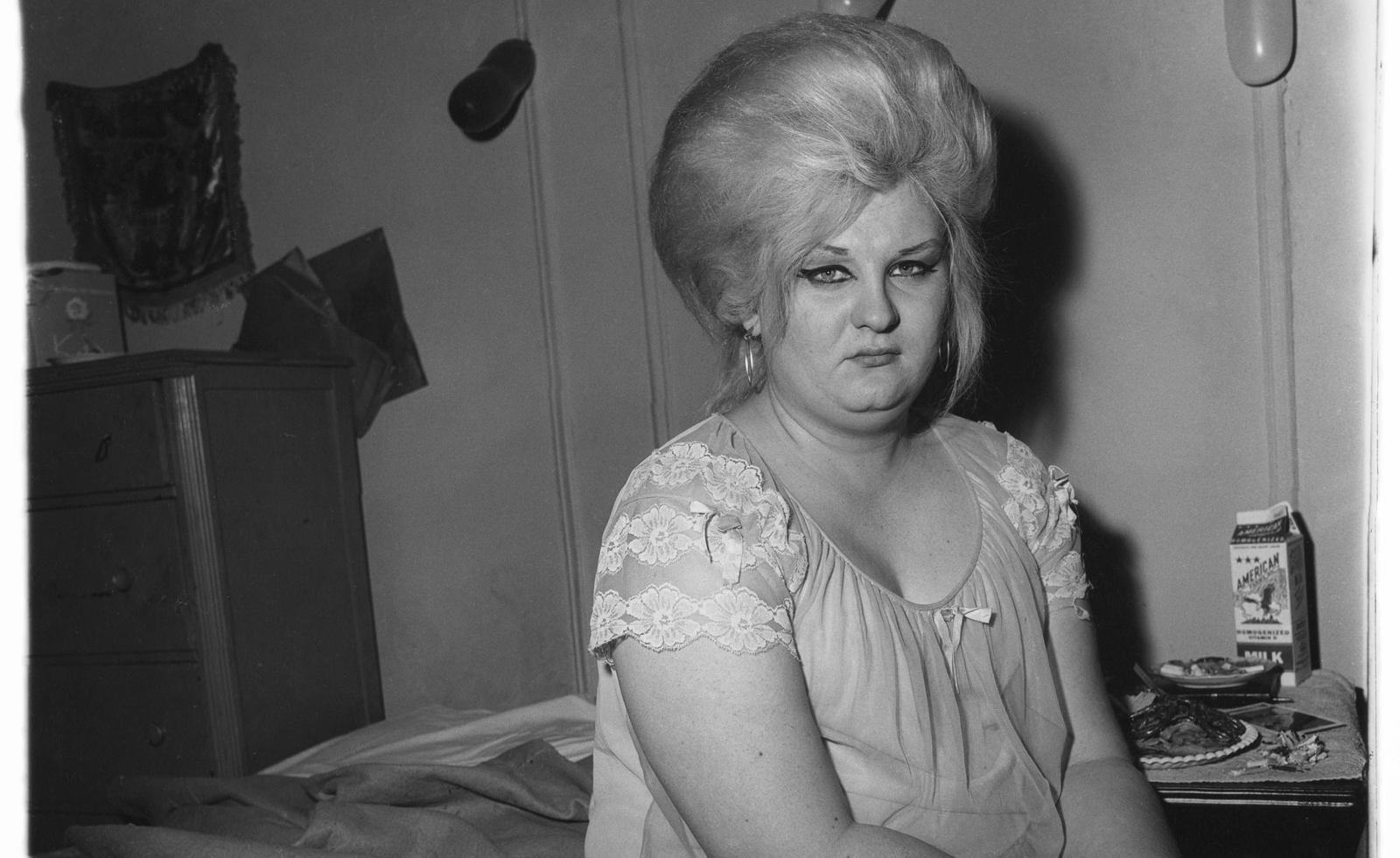 Diane Arbus at David Zwirner is an intimate and poignant tribute to her portraiture
Diane Arbus at David Zwirner is an intimate and poignant tribute to her portraitureIn 'Diane Arbus: Sanctum Sanctorum,' 45 works place Arbus' subjects in their private spaces. Hannah Silver visits the London exhibit.
-
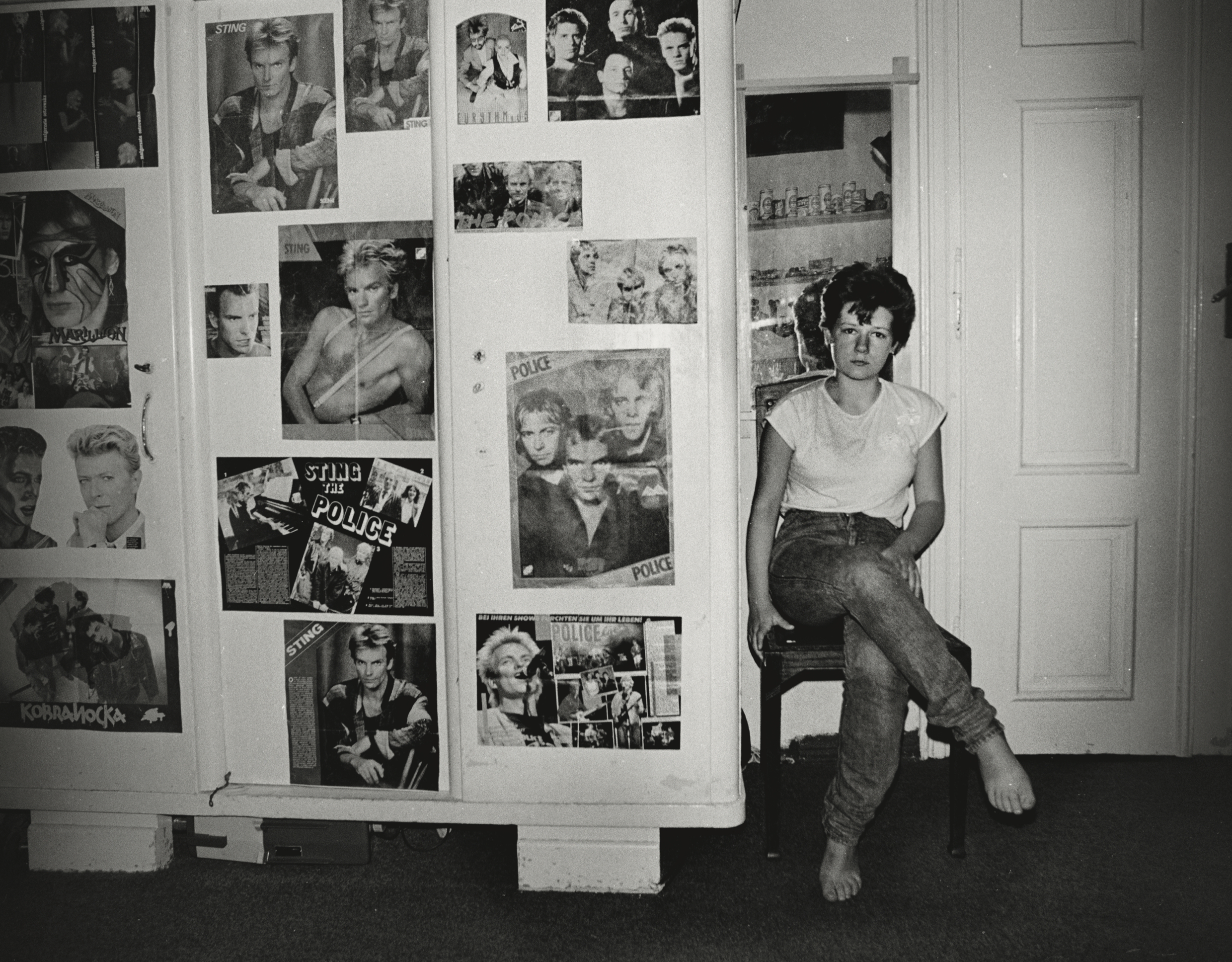 Zofia Rydet's 20-year task of photographing every household in Poland goes on show in London
Zofia Rydet's 20-year task of photographing every household in Poland goes on show in LondonZofia Rydet took 20,000 images over 20 years for the mammoth sociological project
-
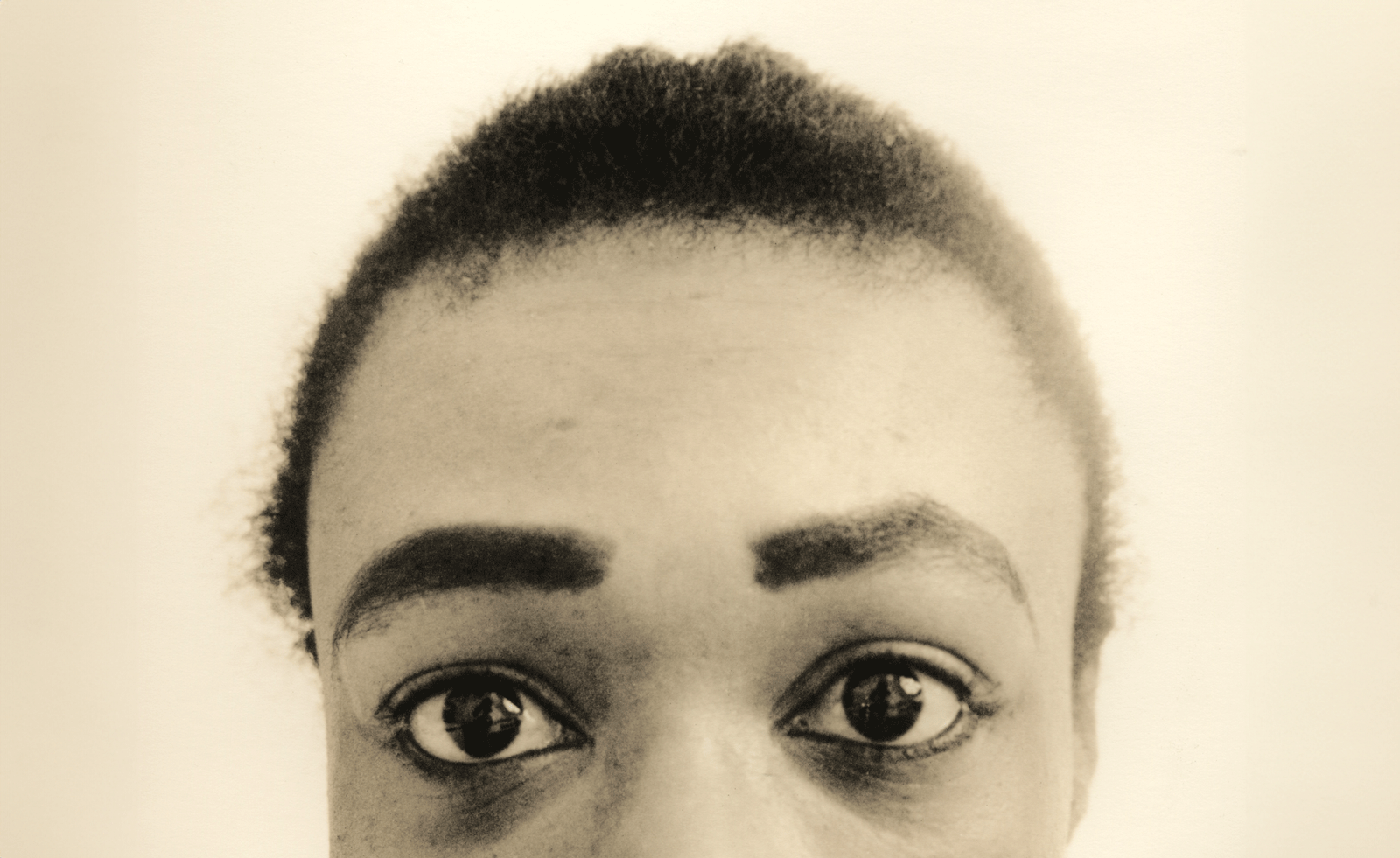 Joy Gregory subverts beauty standards with her new exhibition at Whitechapel Gallery
Joy Gregory subverts beauty standards with her new exhibition at Whitechapel GalleryUnrealistic beauty standards hide ugly realities in 'Joy Gregory: Catching Flies with Honey '
-
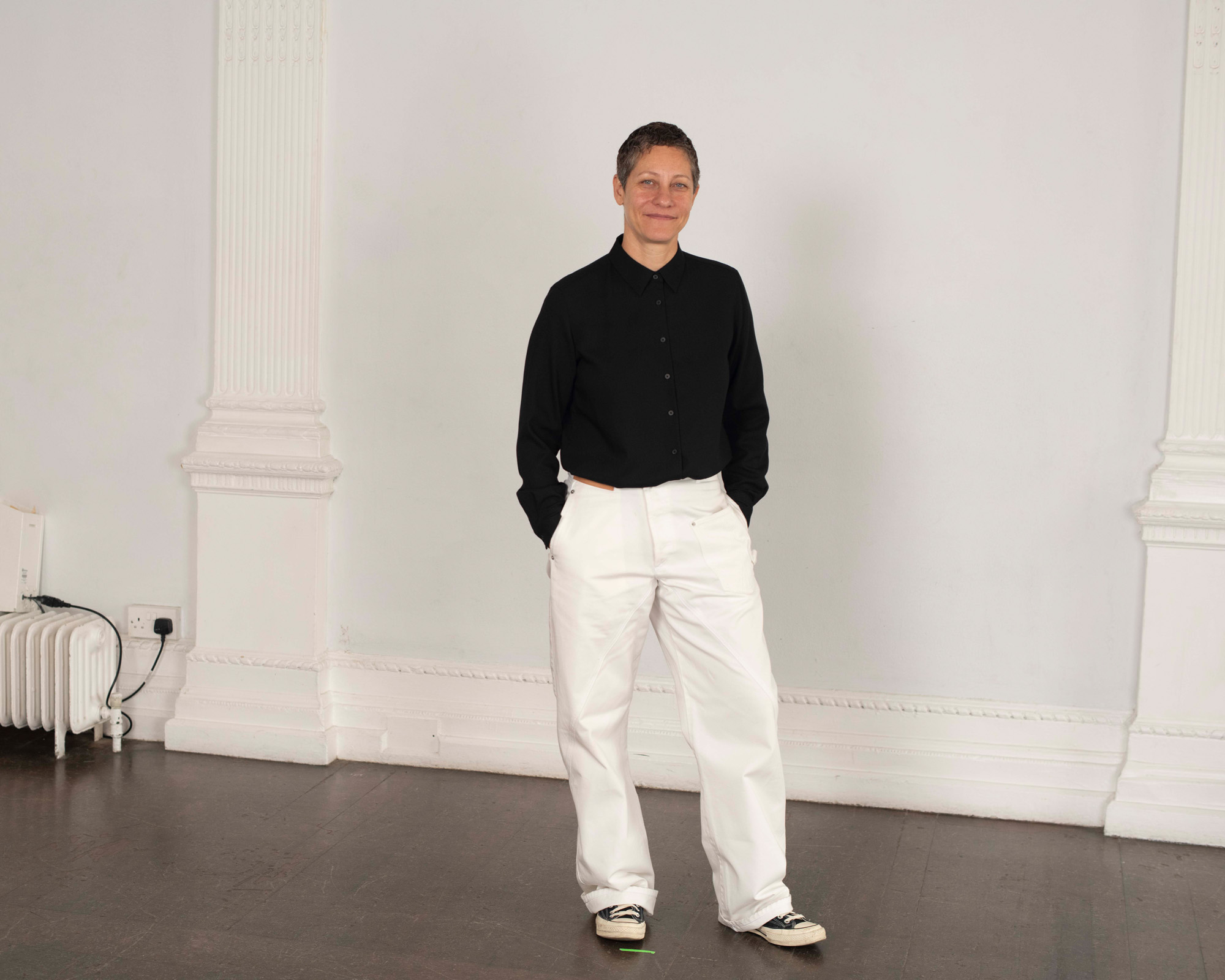 Bengi Ünsal steers London's ICA into an excitingly eclectic direction
Bengi Ünsal steers London's ICA into an excitingly eclectic directionAs director of London’s Institute of Contemporary Arts, Bengi Ünsal is leading the cultural space into a more ambitious, eclectic and interdisciplinary space